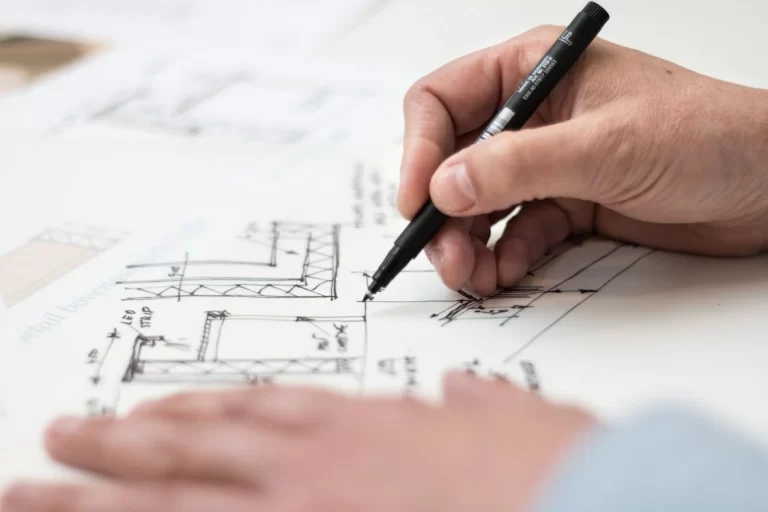Accurate construction estimates aren’t built on guesswork, they’re grounded in the hard lessons of past projects. In this guide, we’ll demonstrate how tapping into your historical cost records can turn broad assumptions into data-driven precision. You’ll learn how to assemble and standardise past job metrics, apply analytical techniques to uncover cost and productivity trends, and weave those insights into every new bid.
By the end, you’ll see exactly how a disciplined, history-backed approach helps your team bid confidently, minimise overruns, and win more contracts.

Relying solely on generic cost guides or rule-of-thumb multipliers often leads to under- or over-pricing. Historical data provides real-world benchmarks, actual labour hours, material usage, equipment costs, site-specific allowances, that reflect the unique challenges of your geography, subcontractors, and supply chain.
By comparing similar past projects, construction cost estimators can spot patterns in productivity and unit costs, uncover hidden contingencies, and calibrate allowances for waste, rework, and unforeseen conditions. This foundation is the direct answer to improving estimate accuracy: build bids on your own project history rather than broad industry averages.
Before analysis, you need reliable inputs:
A well-organised repository is the backbone for any modern contract estimating services offering reliable, repeatable bids.
With clean data, apply these methods:
Chart unit costs over time to spot inflationary pressure or productivity gains. For example, if pipe-welding labour rates rose 5% annually, factor that increase into new estimates.

Use simple linear regressions to correlate project size or complexity (e.g., total tonnage) with labour hours or materials. This statistical approach uncovers non-linear effects—perhaps larger jobs enjoy scale economies, while very small jobs incur setup inefficiencies.
Compare your internal metrics to published data to validate if your historical rates fall within expected ranges, adjusting where you find consistent variance.
Flag projects with extreme cost deviations. Investigate: Were these due to atypical site constraints, client-driven scope changes, or data entry errors? Excluding or appropriately weighting outliers refines your forecasting accuracy.

Armed with insights, follow a structured estimation workflow:
This disciplined approach ensures that every bid leverages proven data while remaining responsive to present circumstances.
Modern estimating platforms can simplify data-driven workflows:
By adopting these technologies, you empower your construction cost estimators to work faster and with greater confidence.

To keep your data and processes sharp:
Adherence to these practices turns estimation into a strategic advantage rather than a necessary chore.
Unlocking the full potential of historical data isn’t just about spreadsheets and stats—it’s about transforming your bid process into a data-driven engine of accuracy and profitability.
At Smart Industrial, our services are built on decades of on-site experience and a continuously refined cost library that reflects real conditions across New South Wales. We provide end-to-end support to ensure your next project is estimated, and executed, with absolute confidence. Contact Smart Industrial today to see how our data-backed approach to construction estimates can give you a competitive edge.